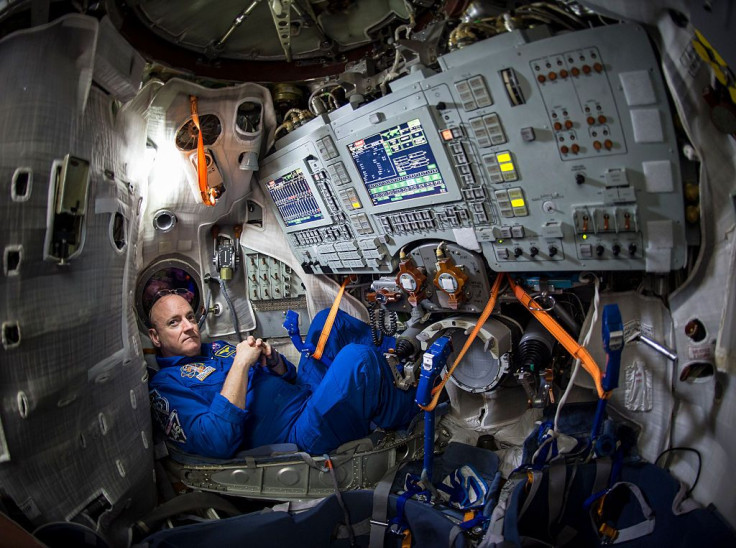NASA Astronaut Reveals New $23M Space Toilet For ISS [Watch]
KEY POINTS
- NASA's new toilet is set to head to the International Space Station
- The new space toilet is made of titanium and is worth $23 million
- The improved design now better suits female astronauts
NASA's new space toilet is heading to the International Space Station for a test run before heading to the moon, and its new design offers more convenience to women in space.
In a video posted in NASA'S Twitter account, astronaut Jessica Meir revealed the new female-friendy toilet and its improvements.
"This toilet is going to be a little bit easier to use for both men and women," Meir said in the video.
"Of course, there are some anatomical differences and some of the earlier versions didn't take into account everything equally, kind of, for both men and women."
If you've ever wondered how astronauts use the bathroom in space –– today’s your day.
— NASA (@NASA) October 1, 2020
In this NEW #AskNASA episode, @Astro_Jessica answers some of our most popular ❓s about living on the @Space_Station & sneak peeks a new space toilet launching tonight: https://t.co/ysiPNyfrfP pic.twitter.com/jRp1ucH7DO
The $23 million titanium toilet is set to fly out to space for the astronauts to test. From there, space station crew members will give the nearly 100-pound toilet a go for a few months before it eventually moves to NASA's Orion capsule, the spacecraft designed to carry astronauts to the moon in a few years.
With more and more women breaking the [earthly] ceiling and heading into space, NASA made sure the new toilet accommodates both sexes, since the old one caters more towards men.
Boasting its new and improved design, the new space toilet is better suited for females — with increased height and a tilted toilet seat so the astronauts could position themselves better, The Guardian noted. The funnels have also been improved so that females aboard the space station will be able to use the elongated and scooped-out funnels to urinate, while sitting on the commode to do no. 2 at the same time.
Space toilets, aside from looking different, also operate differently from the toilets here on Earth. It uses air suction to "flush" waste instead of water and gravity. The urine collected is also sent to NASA's recycling system, producing water for drinking and cooking in the space station.
The space commode was supposed to launch from the Wallops Island in Virginia on Thursday, but the launch was aborted just three minutes before liftoff due to trouble with ground equipment.
Going to the potty isn't the only human activity astronauts do differently when in space. Sleeping without normal gravity makes resting a little more unorthodox.
Since outer space has no "up" or "down", astronauts can sleep in any orientation. However, to prevent them from just floating around and bumping into things, sleeping bags are installed in each crew cabin, where they could zip themselves up vertically. It sounds difficult, but astronaut Meir says that some actually find it easier to sleep without gravity, because you'd rarely wake up with a painful back or a stiff neck.

© Copyright IBTimes 2025. All rights reserved.




















